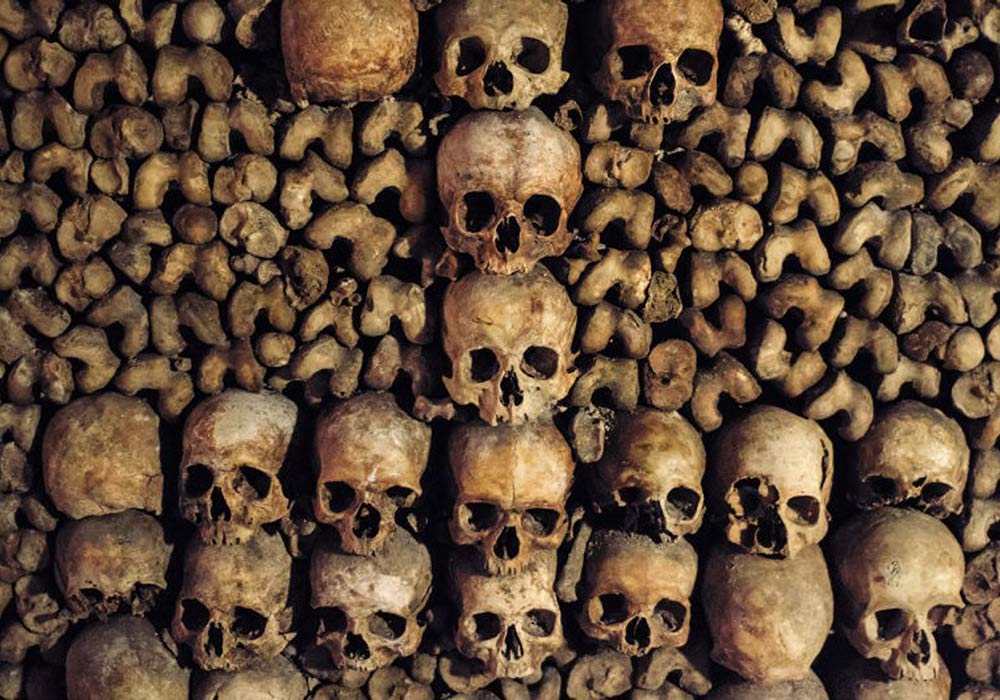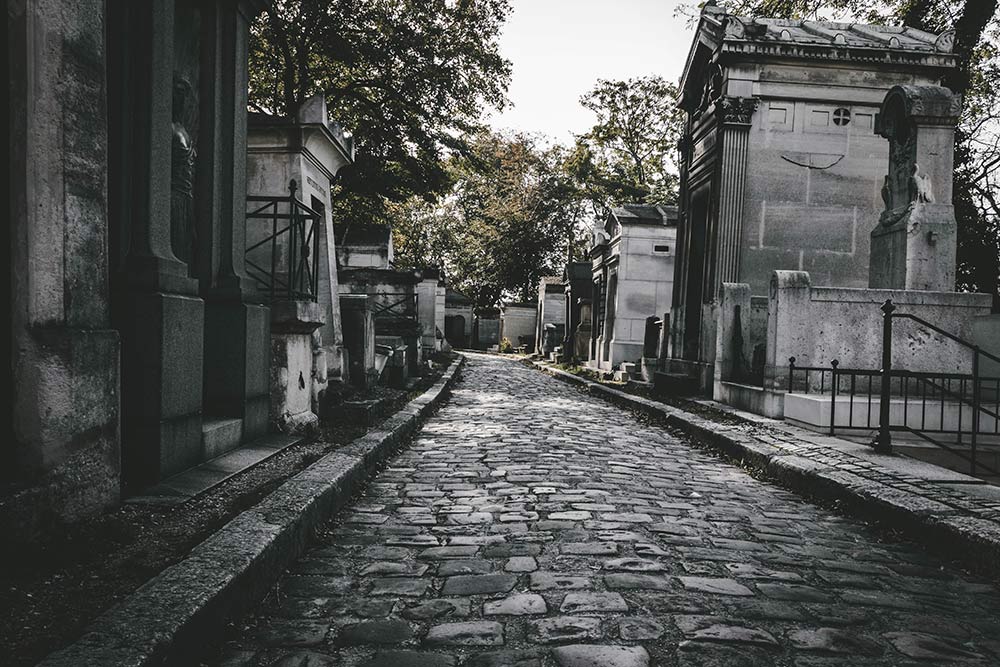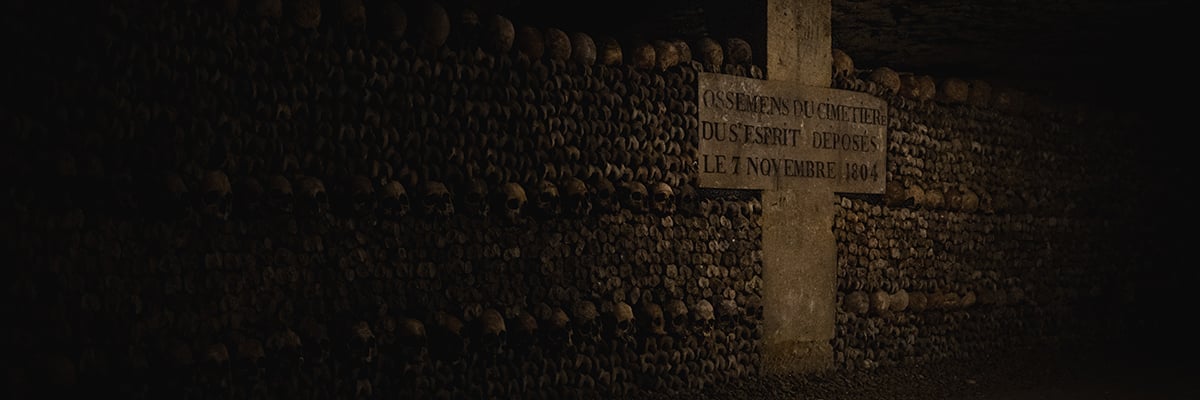RRoaming the streets of Paris is like walking through an open-air museum. The city’s delightful and varied architecture alludes to the history of the French capital at every turn, with plaques affixed to many structures elucidating the important local and international events and personages associated with them.
While there is plenty to take in above ground in Paris, a trip to the city’s underground tunnels is equally enthralling. Descend beneath the streets of the city center and you’ll find the Paris Catacombs, a vast network of intricately arranged human bones that tell a different side of the city’s history.
During the French Revolution, the Paris Catacombs served as the primary final resting place of most Parisians, many of whom died by guillotine, including Maximilien Robespierre, one of the revolutionary movement’s most controversial figures.
Here’s everything you need to know about this underground Paris attraction, from how to visit to how it came to be to whose remains you might encounter when you’re there.
 What are the Paris Catacombs?
What are the Paris Catacombs?
A visit to the Paris Catacombs is not for the faint of heart. Carved into stone above the entry to the underground ossuary is written “Arrête, c’est ici l’empire de la mort.” (“Stop, this is the empire of the dead.”) The narrow underground corridors leading to the ossuary are labeled with information about the streets they follow above, as well as with historical tidbits associated with the catacombs.
Roaming through the network of tunnels running through the ossuary itself, you’ll see wall after wall lined with innumerable human bones, some of which have been fashioned into elaborate crucifixes and curious sculptures.
Today the bones are rather artfully stacked throughout, but that wasn’t always the case. Originally they were unceremoniously thrown into the quarry along with whatever other remains came with them. In 1810, then-inspector of the quarries Hericart de Thury took it upon himself to give some order to the mess and organized the bones into the displays you see today.
There are more curiosities along the way, such as a spring named the Fontain de la Samaritaine and a sepulchral lamp that was used to bring a bit of freshly circulated air to the underground tunnels.
Are any famous people buried in the Paris catacombs?
A clutch of noteworthy remains were transferred from Parisian cemeteries to join Robespierre in the Paris Catacombs, including those of architect Salomon de Brosse, who designed Paris’s stately Luxembourg Palace; famous French fairytale and fable writers Charles Perrault and Jean de La Fontaine, and painter Simon Vouet, who served as Premier peintre du Roi (First Painter to the King) under Louis XIII.
What is the best way to see the Paris Catacombs?
City Experiences’s two-hour Skip-the-Line Paris Catacombs Tour with Special Access takes you beneath the streets of Paris to explore the final resting place of some six million people.
You’ll get to pass by the crowds queuing up and go directly underground, where an expert historian will fill you in on how the Paris Catacombs were transformed from old limestone quarries into one of the largest communal burial grounds in all of Europe. Your guide will also take you to a cluster of special-access areas not normally open to the public.
 Why are there catacombs in Paris?
Why are there catacombs in Paris?
By the late eighteenth century Paris was presented with a sizable problem. Its overflowing cemeteries posed a massive health issue, with corpses piling up and sometimes even resurfacing after burial.
In 1763, King Louis XV issued an official decree banning all burials inside Paris’s city limits. However, pushback from the church prevented cemeteries from being relocated to outside the city limits, and it wasn’t until 1780 that drastic measures were actually undertaken.
During that year Parisians living near the Saints Innocents Cemetery, the metropolis’s oldest and largest burial ground, began to discern a noticeable stench. The wall of a cellar next to the cemetery had collapsed due to the sheer weight of the mass graves.
Official complaints were duly filed, and in 1786 public authorities addressed the problem by transferring many of the remains buried in Les Innocents to a location beneath the city streets, which had originally served as a site for underground quarries, now reconsecrated as the “Paris Municipal Ossuary.”
The efforts to relocate the city’s corpses eventually extended to other Parisian cemeteries. It would take the city many years to fully complete the process, eventually moving some six to seven million bodies to the city’s underground tunnels.
Over the years the Paris Municipal Ossuary eventually came to be known as the Catacombs of Paris (an allusion to the ancient Roman catacombs). The underground site opened to the public in the early 19th century and has been a popular tourist destination ever since.

 Discover Experiences Near Me
Discover Experiences Near Me


